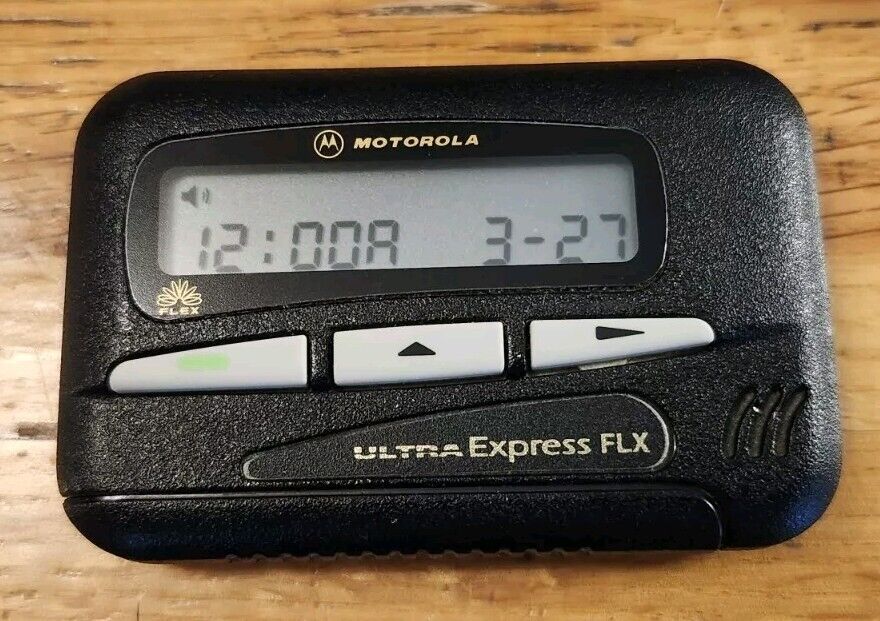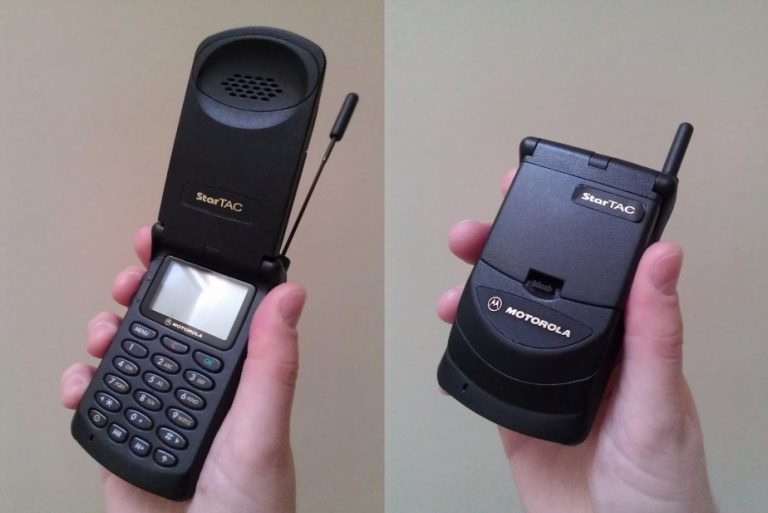
In the ever-evolving landscape of personal communication, before the reign of smartphones and the dominance of instant messaging, there was a time when a subtle chirp or a silent vibration held the power to connect. And for many, that essential link was a pager, perhaps none more recognizable and reliable than a Motorola Express FLX.
While not a single, solitary model but rather a family of devices incorporating key Motorola technologies, the name “Express FLX” evokes a specific era and a set of capabilities that were cutting-edge at the time. These were the workhorses of critical communication, bridging the gap between needing to be reachable and being tethered to a phone line.
More Than Just a Beep: What Defined the Express FLX
The “FLX” in the name points to a significant technological advancement from Motorola: the FLEX™ paging protocol. This wasn’t just a minor update; FLEX technology dramatically improved battery life, often extending it up to four times longer than previous protocols. For users who relied on their pager throughout demanding shifts or long days, this was a game-changer, reducing the constant worry of a dead battery.
Beyond the enhanced battery life, Motorola Express FLX pagers, depending on the specific model (like the Memo Express II FLX, Express Xtra FLX, or Ultra Express FLX), offered a range of features that made them indispensable tools:
- Alphanumeric Messaging: Stepping up from simple numeric-only pagers, many Express FLX models could receive text messages. This allowed for more detailed information to be sent, reducing the need for an immediate call back and providing context to the alert. Early models might have had limited character display, while later ones offered multi-line screens.
- Message Storage: These pagers weren’t just transient notification devices. They could store multiple messages, allowing users to review information they had received throughout the day. Features like message preview, time and date stamping, and the ability to lock important messages prevented crucial information from being overwritten.
- Multiple Alert Options: Recognizing that different situations required different levels of discretion, the Express FLX typically offered a variety of alert modes. From audible beeps and chirps to silent vibrate modes and even musical tones, users could customize how they were notified of an incoming page.
- User-Friendly Interface: While basic by today’s standards, the interfaces of the Express FLX pagers were designed for clear and efficient use. Buttons for reading, scrolling, and managing messages were intuitive, crucial for receiving information quickly in potentially time-sensitive situations.
The Era of the Pager: Where the Express FLX Shone

The Motorola Express FLX and its brethren were prominent in a time when mobile phones were still relatively expensive and not yet ubiquitous. They were the go-to communication device for a wide range of professionals:
- First Responders: Firefighters, paramedics, and police officers relied on the pager’s robust and reliable signal to be dispatched to emergencies.
- Healthcare Professionals: Doctors and nurses used pagers for urgent calls and updates within hospitals and clinics.
- Tradespeople and Field Service: Technicians, repair personnel, and delivery drivers stayed in contact with their बेस through pagers.
- Business Professionals: While not as interactive as later devices, pagers allowed professionals to receive important messages and stay connected while away from their desks.
The simple, one-way communication of a pager, while seemingly limited now, was its strength in many scenarios. It provided a direct and often more reliable connection in areas where early mobile phone coverage might have been spotty.
A Look Back at a Communication Icon
Holding a Motorola Express FLX today is like holding a piece of communication history. It represents a pivotal step in personal connectivity, a device that was both a lifeline and a symbol of being on call and in the loop. While smartphones have undoubtedly surpassed their capabilities, the reliability, battery life, and straightforward functionality of the Express FLX made it an indispensable tool for a significant period.
The next time you see a vintage pager, or perhaps even stumble upon a Motorola Express FLX, take a moment to appreciate the technology that kept people connected, one reliable beep (or vibration) at a time. It was a testament to effective, no-frills communication in a world that was just beginning its rapid evolution towards constant digital connectivity.

